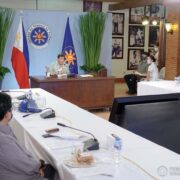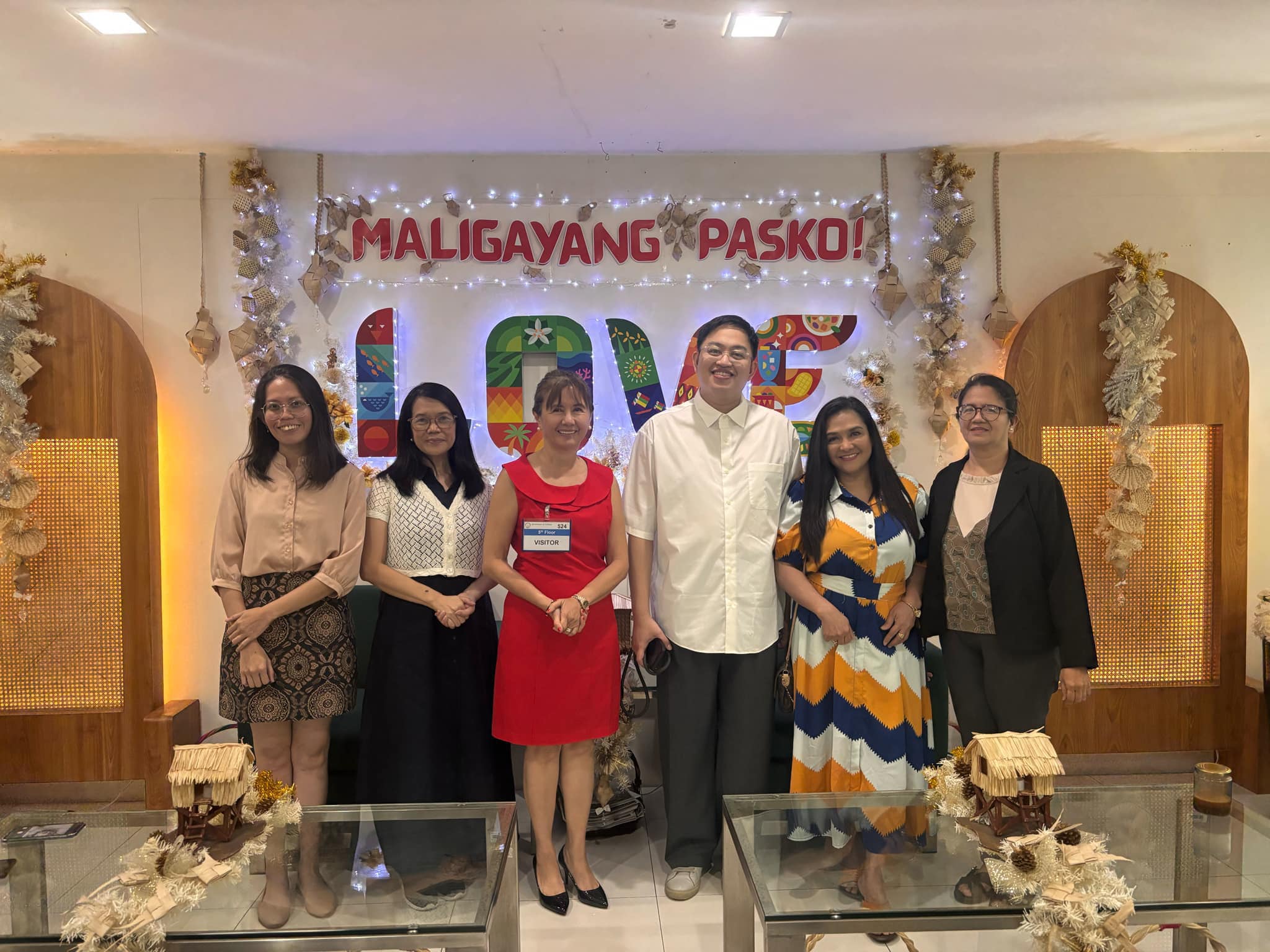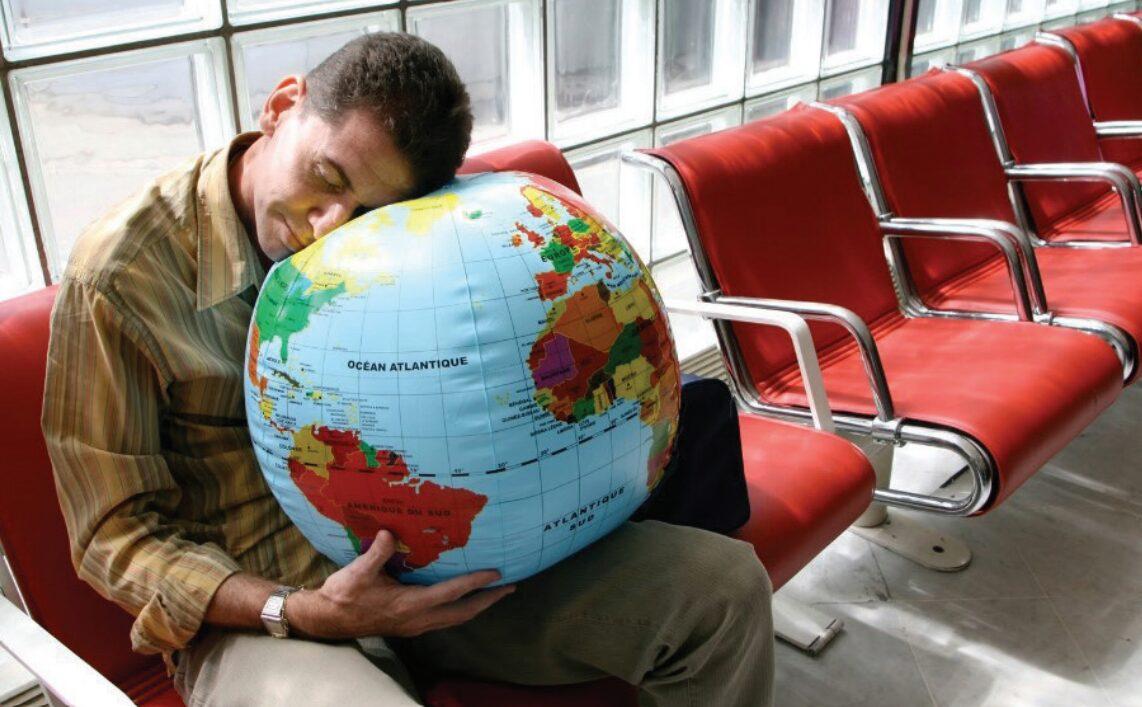
On Wednesday, April 21, President Duterte called for maintaining the strict enforcement of health protocols for returning overseas Filipino workers (OFWs) despite calls to loosen up the existing health guidelines.
“There is no compromise here. I am not ready for a compromise about — lalo na ngayon. Iyong ibang sakit siguro, puwede pa ‘yong mga rabies-rabies diyan,” he said in a public address on government response on the coronavirus pandemic.
“Pero ito, eh talagang as I have said, it’s a ‘dapo dito, dapo doon.’ And then we have the exponential problem now of how to take care of the Philippines.”
President Duterte presided over a meeting with Cabinet secretaries and the Department of Health Technical Advisory Group (DOH TAG) on COVID-19 after OFWs requested for a more relaxed guidelines on mandatory quarantine particularly for those who tested negative for COVID-19, noting its emotional and financial burden.
The President said Labor Secretary Silvestre Bello III is “raising the alarm,” and stressed that the long mandatory quarantine period for returning OFWs in hotels has put too much strain on government funds allocated for them.
“So nakikita niya na lumiliit na ‘yong ano pera. He’s raising the alarm, actually. He’s raising the alarm of the possibility of having no more funds to take care of this kind of situation that we are in now,” said the President.
Aside from the ongoing economic burden, the labor chief said spending almost two weeks in isolation was causing emotional stress on OFWs who were eager to be reunited with their families and loved ones after years of working overseas.
Citing data from the Inter-Agency Task Force for the Management of Infectious Diseases (IATF-EID), National Task Force Against COVID-19 and coronavirus testing centers, Bello said the positivity rate of returning OFWs was only 2.07 percent in 2020 and 1.5 percent in 2021 and may justify tweaking the current guidelines.
“Kaya po kami nakikiusap sana, Mr. President, na kung maaari we go back to the original protocol noon na pagdating nung ano nung ating mga OFWs, swab agad sila. Then, they are quarantined for five days while waiting for the result of the PCR test. Eh kapag negative sila, then they can be transported to their final destination,” he said.
Meanwhile, experts from the Technical Advisory Group on COVID-19 said enforcing strict quarantine protocols on returning OFWs is crucial not just in preventing new infections, but also on safeguarding the country’s borders to keep new and more infectious COVID-19 variants from entering the country.
Dr. Edsel Maurice Salvaña, one of the health experts, said enforcing a 14-day mandatory quarantine in facilities proved effective in preventing new infections, noting that the Philippines didn’t notice a surge of coronavirus cases during holiday season because strict quarantine guidelines were in place.
In February this year, the DOH shifted to imposing a five-day facility quarantine with RT-PCR testing on the fifth day, and allowed OFWs to complete 14 days quarantine at home or in local government unit (LGU) facilities.
According to Salvaña, this new protocol is disadvantageous in cases where individuals who possibly got infected during the flight may only test positive for the virus on the seventh day. The risk of infection is high if home quarantine set-up is not supervised by LGUs, he said.
Salvaña said the TAG is proposing two options. The first option would be for returning OFWs to complete a strict 10-day isolation in quarantine facilities. Once they have completed the 10-day quarantine, they may be released, provided they are asymptomatic. Testing on the seventh day is optional.
For the second option, if there is not enough funds for quarantine facilities, individuals may complete isolation period in home quarantine set-ups or in temporary treatment and monitoring facilities, with selective testing on the seventh day.
“So our proposed solution po kasi is that the testing, even on the 5th day, will still not pick up everyone. So it is either we test on the seventh day or we completely do away with the testing but make sure that we quarantine everybody until the 10th day,” he explained.
“And this can be done in facility, but again it is very expensive or we can do this at home as long as the LGUs can supervise strictly.”
He underscored, however, that quarantine protocols and isolation periods have to be taken seriously considering the high risk of transmission even from a single infected individual.
The DOH has recorded 9,227 new coronavirus infections on April 21, bringing the country’s total number of cases to 962,307 with 829, 608 recoveries and 16,265 deaths.
—
Stay updated with news and information from the Presidential Communications Operations Office by visiting their website at pcoo.gov.ph.





